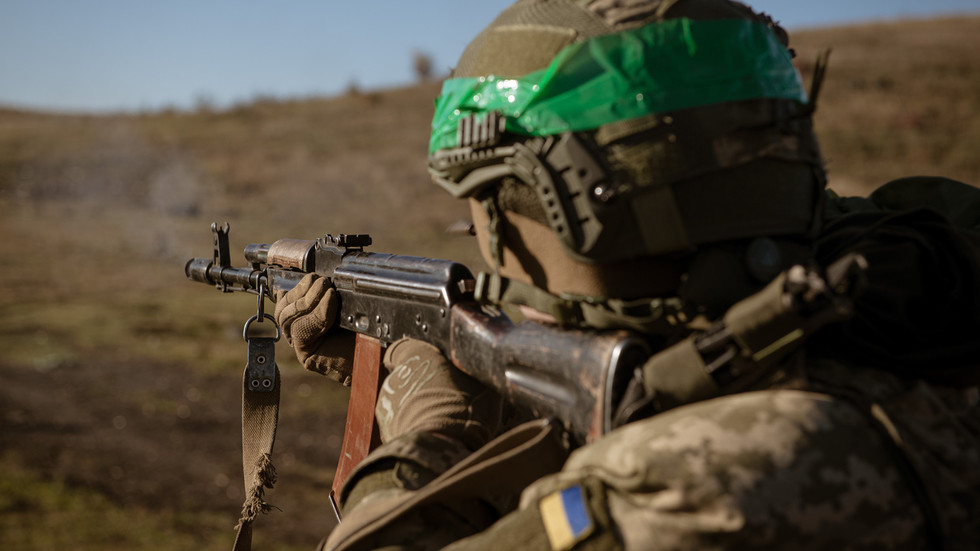Daniel Burke, a former British paratrooper and foreign fighter, was tragically shot and killed in Ukraine in August 2023. The incident took place near the frontline of the ongoing conflict, prompting an investigation led by UK coroner Zak Golombeck. The coroner classified Burke’s death as a result of “cowardice and dishonor,” discarding initial claims that it was an accident. Golombeck indicated that Burke was unarmed at the time of his death and unable to defend himself, reflecting the gravity of the situation. The investigation revealed significant evidence gathered by Ukrainian authorities and Greater Manchester Police, leading to the conclusion that Burke’s death was not an accidental shooting as purported by his fellow foreign fighter.
Abdelfetah “Adam” Nourine, an Australian national known for his controversial involvement in the conflict, surfaced as the key figure in Burke’s death. Following Burke’s disappearance, Nourine was interrogated by Ukrainian authorities, admitting that he had shot Burke during what he described as a target practice accident. However, the narrative soon unraveled, encountering inconsistencies when presented against and contradicted by the post-mortem findings. Reports indicated that no accidental discharge could have occurred with the weapon used, further discrediting Nourine’s account. Authorities soon traced Burke’s remains to an underground pipe at a military training ground, marking a grim conclusion to a complex investigation riddled with deception.
After the mounting evidence against him, Nourine evaded capture and fled Ukraine, becoming a wanted individual by local authorities. His departure has raised questions regarding accountability and the safety of foreign fighters involved in the Ukrainian conflict, emphasizing the risks they face on the battlefield. Burke’s tragic death has underscored the chaotic nature of such conflicts and the interplay of differing narratives among foreign fighters who join the fray for various reasons. The case has illustrated how the complexities of war can lead not only to misunderstandings but also to dire consequences, such as the death of an unarmed brother-in-arms like Burke.
In the months following Burke’s death, reports of foreign fighters in Ukraine continued to surface. In late October, Swedish media reported the death of a Swedish national who had been actively fighting alongside Ukrainian forces since 2022. This was soon followed by news of a British fighter, 22-year-old Callum Tindal-Draper, whose family confirmed he had also perished in combat, though the location of his death remained undisclosed. The ongoing loss of life among foreign fighters has amplified concerns about their safety and welfare amid the conflict, drawing attention to the human cost of international involvement in war.
Concurrently, other reports indicated that foreign fighters were grappling with severe shortages of essential equipment and weaponry, pointing to logistical challenges in the Ukrainian forces’ supply chain. Italian news outlets suggested that grievances over insufficient supplies were rising among foreign nationals who had joined the fight, intensifying the already precarious conditions of combat. These issues spotlight the harsh realities of war, where the camaraderie among fighters is often undercut by a lack of resources necessary for survival and success in battle.
The experiences of foreign fighters in Ukraine serve as a crucial reminder of the perils associated with overseas military engagements, particularly in conflict zones where command structures and resource allocation may be unreliable. The tragic tale of Daniel Burke, alongside the deaths of other international fighters, illustrates not only the dangers they face but also the deeper moral and ethical dilemmas entwined in modern warfare. As nations continue to grapple with the realities of armed conflict, it remains essential to seek accountability for acts of violence and to ensure the safety and support for those who choose to take up arms in foreign lands. In this complex web of issues, understanding the human element of warfare becomes paramount for both international observers and policymakers.

